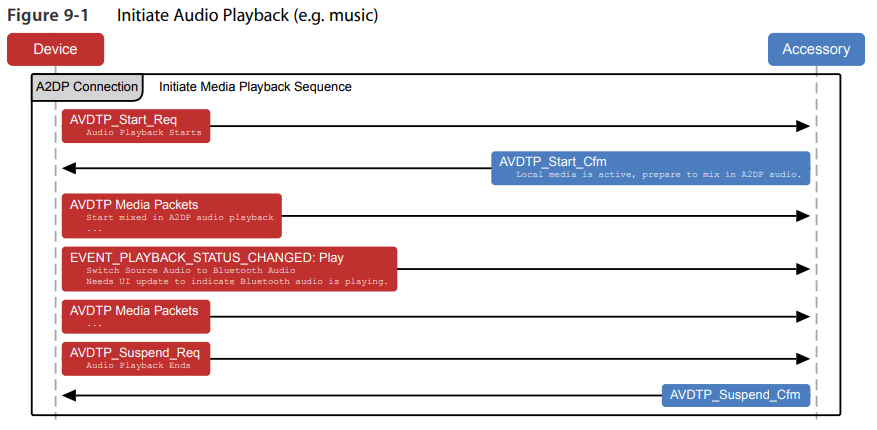I think you are confusing two different things - the source bitrate (and codec) and Bluetooth A2DP bitrate+codec.
All bluetooth devices I've seen used AAC VBR @ 256kbit (forcing CBR causes failure), and I've never seen them exceed 256kbit (but I've seen them transferring less).
I wasn't able to find any definiitive specs on this, so it's possible that >256kbit can be supported, or that some devices support CBR.
In any case, whatever source you use will first be decoded and sinked internally to PCM first, then transmitted using a codec. It might depend on the smartness of the source device how this is handled, i.e. what bitrates shows as supported on the bluetooth audio device and can be used (I'd be very surprised if it was anything else than 44.1kHz/32 bit float in case of A2DP).
aptX might claim some marketing mumbo jumbo about 48kHz/24, but that's likely just the sampling rate coming out of the bluetooth chip in the receiver, or some "marketing equivalent quality" they paired with it, but in reality it will always come as a 44kHz/32b source and nothing else.
Theoretically it should be possible to simply forward the AAC codec samples from the source (like Apple Music), but I don't think it's possible in practice due to the 256kbit limit, so you always end up resampling it. And what would the system do about mixing sounds together? One might be AAC music the other might be a ringtome stored as mp3, do you suddenly start encoding both to AAC and forwarding it? No, you mix it into the PCM stream...
Whether that is transparent or not - I don't think you'd know the difference anyway.
I'm jumping in a little late...but I'm on the iOS platform, and am preparing for my post-iPhone 6s Bluetooth future. As such, codec handling becomes the major quality bottleneck.
I was also curious about audio mixing in iOS. When listening to music with the Music app, alerts are audible, but the music is smoothly muted when the alert is played. I've found that most system sounds (keyboard clicks and the lock sound, specifically - and I verified they're enabled) are suppressed entirely if the ringer switch is set to "off".
I took a look at the "Accessory Design Guidelines for Apple Devices" document [
link]. Here's what they have to say on pp. 56-57 about the differentiation of system sounds and music:
"
9.12.2.1 Differentiating Audio Content from System Sounds
Music-like content can be differentiated from system sound by adding support for Audio/Video Remote Control Profile (AVRCP) version 1.3 or later. The AVRCP profile allows an accessory to be aware of the audio playback state in the Apple device, using notifications. See Audio/Video Remote Control Profile (AVRCP) (page 53).
9.12.2.2 Expected Audio Routing Behavior for A2DP
The accessory should tune its audio routing behavior based on audio content over the A2DP channel. If audio data contains music, then it is expected that the accessory speakers are dedicated to audio data coming via the Bluetooth link and any other audio playback is paused. If audio data contains system sound, then it is expected that the accessory can render audio as desired. If the accessory is playing audio from a different source, then system sound data can be mixed with the existing track for playback; it is not necessary to pause existing audio playback on the device."
Music-only scenario:
When the phone and receiver volume levels are not synchronized, it's recommended that the phone volume be set to 100% to maintain the maximum dynamic range. I've heard that when the volumes are synchronized (meaning there is a single volume adjustment that can be made on either transmitter or receiver), the Bluetooth stream is transmitted at 100% volume.
I don't know what kind of transcoding iOS is doing in non-synchronized volume control mode. They're not necessarily mixing other sounds in, but if not, is there still a final MPEG-4 AAC conversion involved there, and is it happening even at 100% phone volume?
It's not clear to me in the Guidelines document, and a preceding figure on p. 57 mentions "mixed in A2DP audio playback" on the Device (phone) side:








